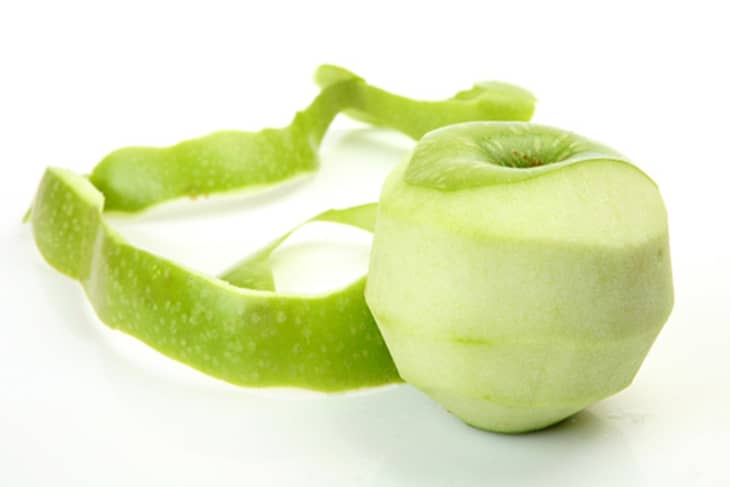Most Nutrients in Fruits & Vegetables Are Found in the Skin: Fact or Fiction?
Is it true that most of the nutrients in fruits and vegetables are found in the skin? The New York Times recently tackled this question, and if you’ve been feeling guilty about trimming away carrot peels and apple skins, the answer may surprise you.
While there are certain compounds found only in the skins of fruits and vegetables, such as resveratrol in red grapes, most nutrients found in the skin are also in the flesh. For example, lycopene, a pigment with antioxidant properties, is found throughout tomatoes and red bell peppers, not just in the skin.
According to the United States Department of Agriculture, a large red apple with its skin intact contains about 5 grams of fiber, 13 milligrams of calcium, 239 milligrams of potassium, and 10 milligrams of vitamin C. But remove the skin, and it still contains about 3 grams of fiber, 11 milligrams of calcium, 194 milligrams of potassium, and plenty of its vitamin C and other nutrients.
So if a dislike for skin is standing in the way of you eating certain types of produce, don’t feel too guilty about removing it. You’ll still be consuming a lot more nutrients than if you skipped those fruits and vegetables entirely.
• Read more: Ask Well: The Nutrients in Fruits and Veggies – The New York Times
Related: 5 Good Uses For Your Apple Peels
